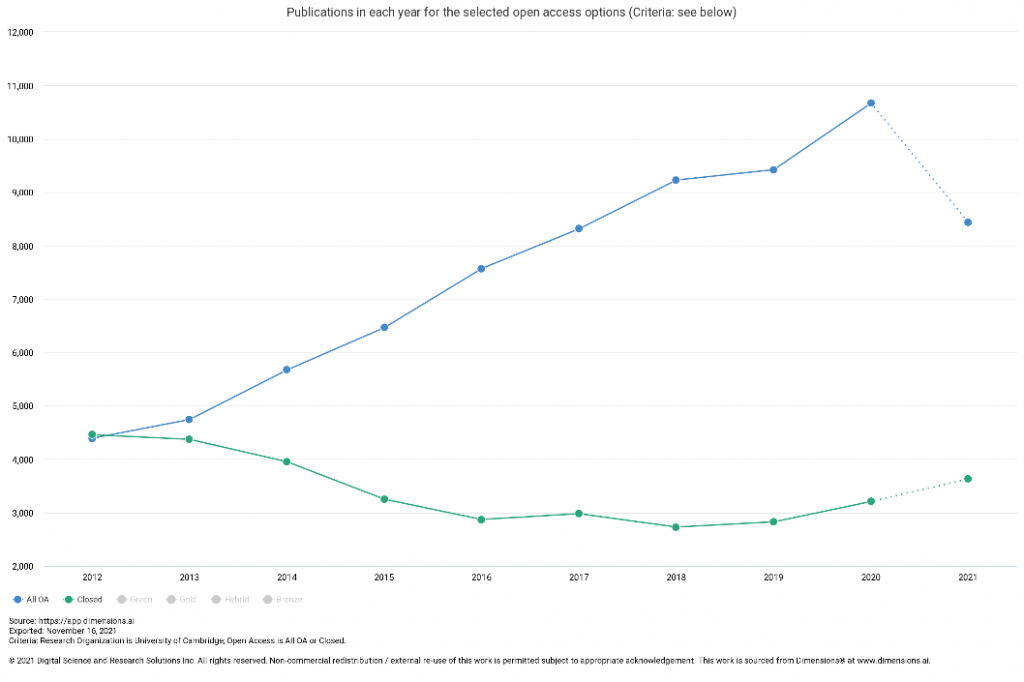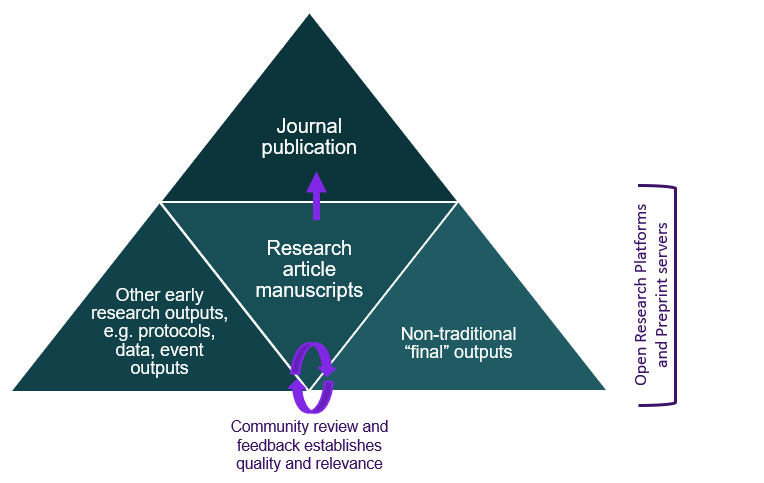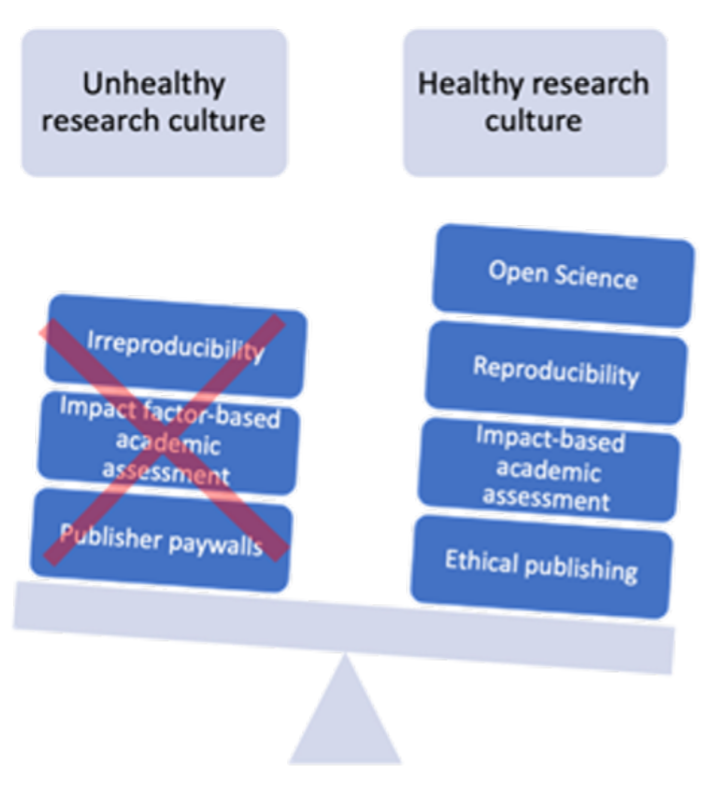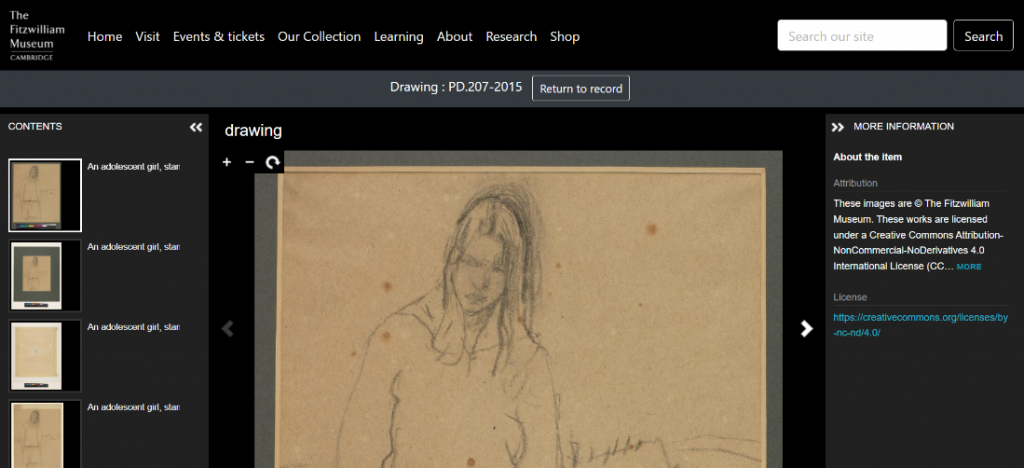This piece by Dr. Meg Westbury (Librarian, Haddon Library) and Dr. Matthias Ammon (Research Support Librarian, Germanic Languages & Film) introduces the work of the open research workings groups in the humanities and qualitative social sciences.
During 2021, two working groups of the Open Research Steering Committee formed to explore disciplinary perspectives on open research. One working group focuses on concerns and interests in open research from the perspective of researchers in the School of Arts and Humanities, and the other focuses on perspectives of researchers engaged in qualitative inquiry mainly from the School of the Humanities and Social Sciences. In this newsletter article, we describe the goals, activities and outputs of each working group.
Open Research in the Humanities
The working group on open research in the humanities formed in summer 2021 and is chaired by Dr Emma Gilby, with support from Dr Matthias Ammon. Four meetings were held in which the group discussed ways to make some of the underlying principles of open research – which have often been based on scholarly communication in STEMM subjects (as for example defined by the League of European Research Universities as the ‘8 Pillars of Open Science’) – more applicable to humanities research. This included meeting with academic publishers to discuss the future of scholarly communication in an Open Access landscape. The group is currently working on a report summarising the result of its discussions.
Open Qualitative Research
The working group on open qualitative research was formed in autumn 2021 and will have its first meeting in January 2022. The group is chaired by Dr Meg Westbury and has representatives from Criminology, Education, Geography, Social Anthropology, Sociology and the OSC. Over the next few months, the working group will consider how tenets of open research – such as open access, open data and research integrity – can be understood in terms of the ethics and priorities of qualitative researchers who seek to interpret and represent the complex lived experiences of social groups. By the end of the summer, the working group hopes to produce a report with recommendations for how open research might become more embedded in the research culture of qualitative researchers at Cambridge.
In sum, we are optimistic that both working groups will be able to formulate recommendations for how open research might be understood, operationalised and/or reimagined for scholars across a wide-range of epistemologies and methodological approaches at the university



